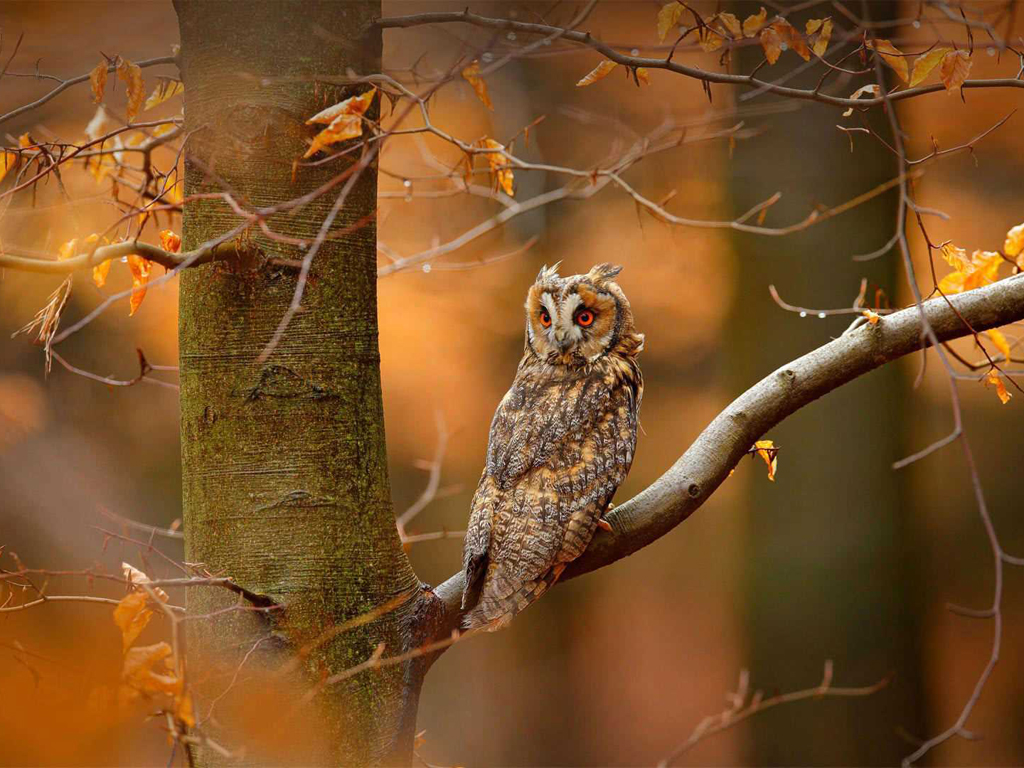
The long-eared owl, also known as the northern long-eared owl or, more informally, as the lesser horned owl or cat owl, is a medium-sized species of owl with an extensive breeding range. The scientific name is from Latin. The genus name Asio is a type of eared owl, and otus also refers to a small, eared owl.
Whooo is that up in that tree? Why, that's just a typical long-eared owl, sometimes called the lesser horned owl or cat owl. It's one of the most numerous owl species in the world with an estimated population between 2 million and 5.5 million long-eared owls widely distributed across the Northern Hemisphere. Our featured friend today was found in the Czech Republic, but they'll adapt to several kinds of habitats.
Maybe that adaptability is why they're unusually social, as far as owls go. They'll often roost together in large groups—anywhere from 20 to 100 of them may hunker down together for the winter. You might think it would be easy to see such a large group of owls, but long-eared owls are sneaky. They hide in thick cover, which makes them harder to find, especially when their feathers blend in with the surrounding branches and foliage. Early spring, before the leaves have fully returned, is the most likely time you'd catch a glimpse of a 'parliament,' or group, of long-eared owls.






















